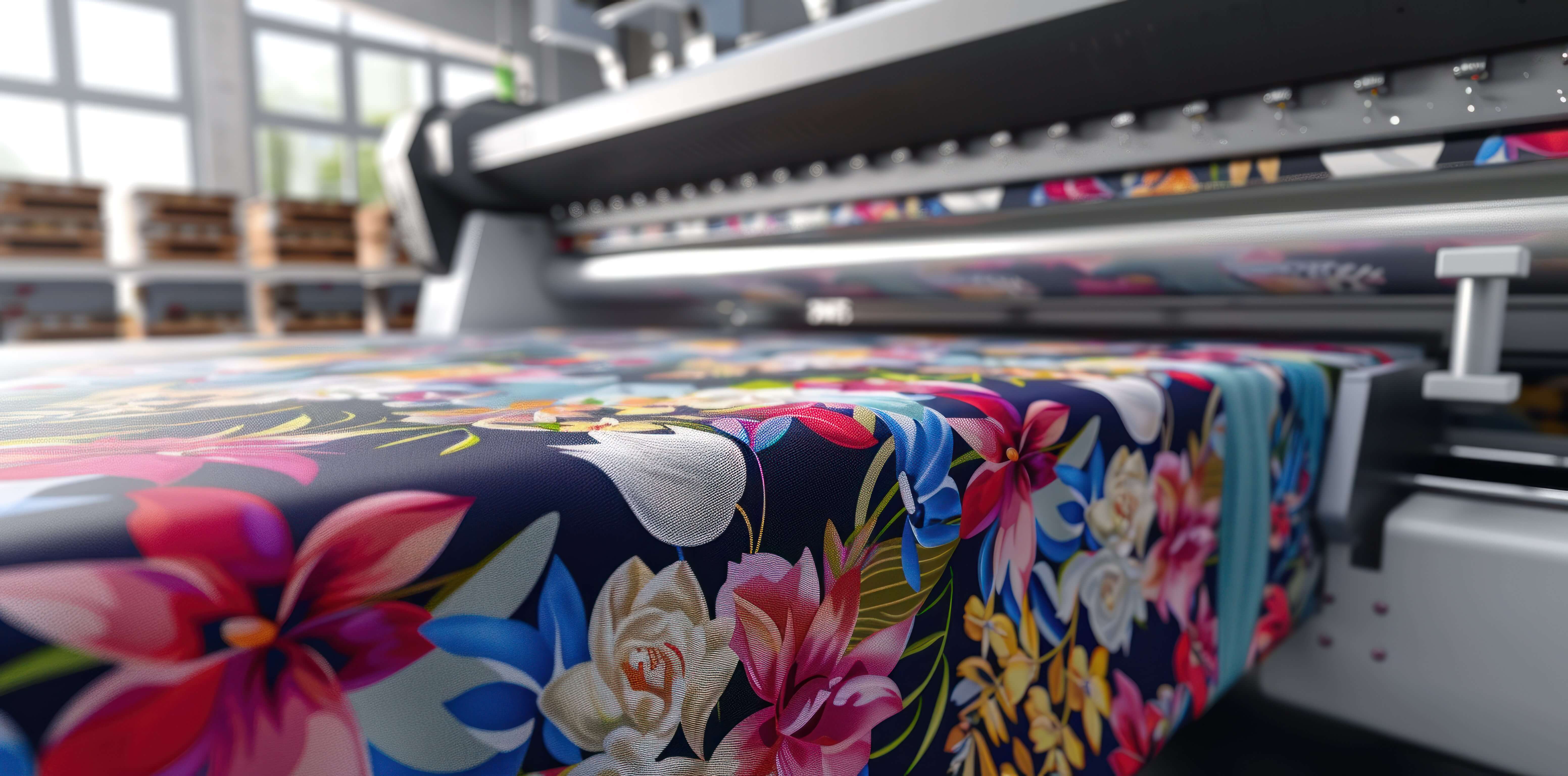
Today, the world is moving towards sustainability and so are the industries globally - from fashion to product manufacturing. They are taking meaningful steps towards creating a better future for our planet. Therefore, it becomes our responsibility to be environmentally sensitive when it comes to textile printing, as it consumes a great amount of water, energy, and material. Industries worldwide are struggling with challenges to find sustainable solutions for digital textile printing needs, and not just for the environment but their pockets too, as sustainable printing is the best solution for society and manufacturers looking to reduce production costs. In this blog, we are going to understand the challenges faced by the textile industry and how we can solve those issues.
Common Challenges faced by the Textile Printing Industry
The textile printing industry is at a critical juncture, grappling with various sustainability challenges that demand immediate attention. As the issue rises globally, the industry should be more conscious of its actions, which speak louder for the world to hear. Here are the common challenges Faced by the Textile Printing Industry.
1. Water Usage
Textile printing, which involves dyeing and cleaning, which are the pre-and post-treatment of the fabrics, consumes a huge amount of water. This process is especially water-intensive when using traditional or non-advanced methods or machinery. However, using innovative methods, like screen or rotary printing, reduces water consumption considerably.
2. Energy Consumption
Conventional printing methods require a lot of time due to their long pre- and post-treatment procedures. A lengthy printing process means long hours of machinery functioning, which automatically means a considerable use of electricity. This, in short, means huge electricity bills, which burden the pocket and the environment.
3. Waste Production
According to a report, the textile printing process generates 7,800 kilotonnes of waste annually. The waste produced can take various forms, from fabric scraps to inaccurate prints, including failed prints and excess dye. This is the result of using machinery with outdated technology. Textile waste contributes to landfills and environmental degradation. Today, the textile industry is blessed with digital textile printers that can save on wastage and unwanted expenses related to failed prints.
4. Chemical Usage
Printing on fabrics requires various dyes, which, in technical terms, are pigmented chemicals that make clothes look vibrant and appealing. The various uses of harmful chemicals to enhance fabric quality, durability, and appearance raise environmental and health issues. These chemicals need to be treated ethically before releasing wastewater into water bodies. Water contamination is a major reason for pollution. Businesses should switch to safer and more sustainable chemical practices.
5. Pollution
Excess water consumption, waste production, and chemical dyes contribute to pollution in the printing process. Textile Printers with obsolete technology consume a good amount of water for printing, resulting in wastewater that carries dyes and chemicals, contributing to water pollution. The only solution to this issue is to use innovative digital printers that reduce the printing steps by eliminating steaming and washing processes, resulting in less waste water.
6. Carbon Footprint
Digital textile printers require high electricity for the feeder, printer, and dryer. Continuous energy consumption, especially during large-scale operations, adds to carbon emissions. Not just this, the water wastage and fabric waste (solid waste) cumulatively result in a significant carbon footprint for the textile industry. As businesses and dwellers of the earth, it becomes our responsibility to move towards sustainable practices, and in this industry, starting off with an innovative textile printer is the best start.
A Solution to all Digital Textile Printing Problems
In an industry struggling with environmental concerns, ColorJet's EARTH series represents a groundbreaking shift towards sustainability without hampering the quality of prints. Our EARTH series addresses the common challenges of textile printing with ease and precision. The digital printer is infused with innovative pigment ink technology, combined with a binder, which ensures vibrant color intensity, superior speed, and a comprehensive printing process.

The EARTH series is known for its efficiency, as it has the ability to produce up to 3,200 linear meters per day. This is not only a performance powerhouse but also resource-conscious, utilizing only minimal water for belt cleaning, saving up to 98% of water consumption compared to conventional methods. Having all the tangible qualities, EARTH helps businesses meet high production demands while significantly lowering their environmental footprint.
ColorJet's specialized ICC profiles and high-performance ink systems guarantee sharp, long-lasting prints that reflect the highest industry standards. Our EARTH series is often considered the best solution for textile businesses looking for a balance between sustainability and operational efficiency. In this era, choosing ColorJet is like choosing sustainable growth with sustainable textile printing solutions.








